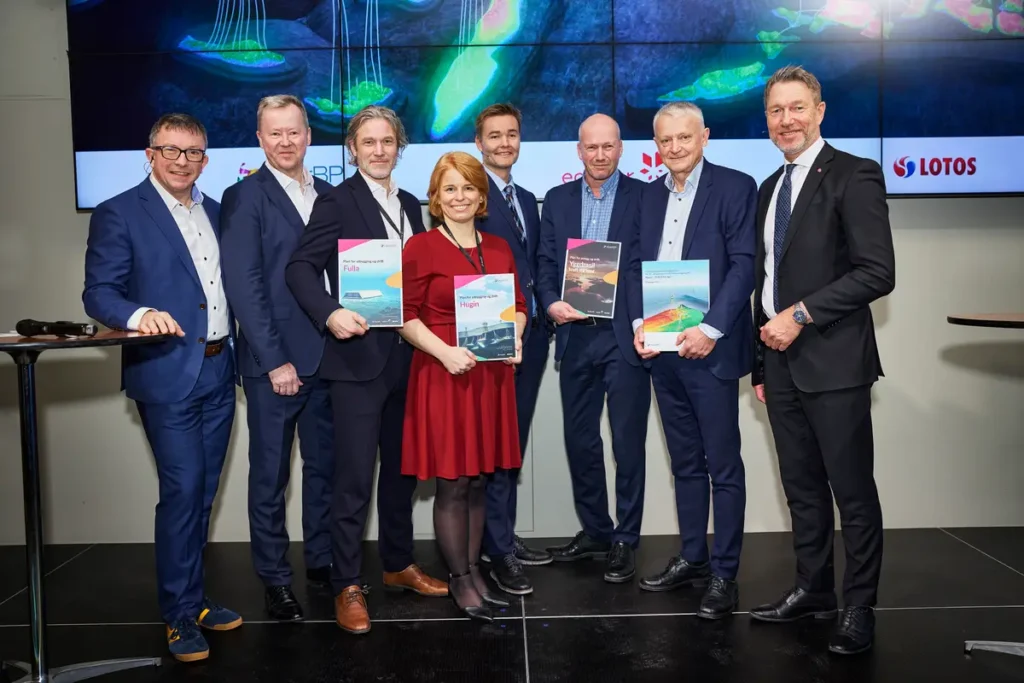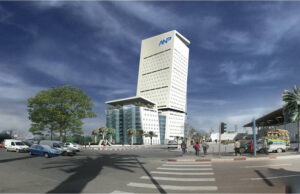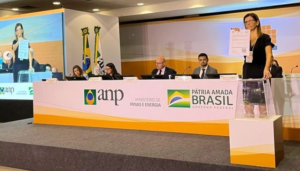
(Equinor, 16.Dec.2022) — Along with Aker BP, Equinor has made an investment decision and will today submit a plan for development and operation for Krafla to the Minister of Petroleum and Energy.
Aker BP will be developing Krafla along with the Fulla and North of Alvheim discoveries in the same area.
Krafla was proven in 2011 and recoverable resources are estimated at 325 million barrels of oil equivalent. Total investments for Krafla are approx. NOK 46bn (2022-NOK).
“Krafla is yet another example of how we are redefining what can be achieved on the Norwegian continental shelf. Krafla will be developed utilising extensive technological innovation and high levels of digitalisation, automation and remote operation, thus setting a new standard for future offshore developments. With an entirely new operating model, the technologically innovative design will improve safety, cut operating costs and result in close to zero CO2 emissions from production,” says Trond Bokn, Equinor’s senior vice president for project development.
The unmanned Krafla platform is the first of its kind. It will be remotely operated from shore and will be built without a helicopter deck, living quarters and lifeboats. Access and stays at the platform will be accomplished using service operation vessels. Systems and functions have been reduced to the bare necessities in order to realise the unmanned concept. The solutions are simple, robust and can be run without manual operations.
Future-oriented solutions have been chosen to facilitate a large extent of data-driven decisions based on continuous monitoring of processes and equipment. For example, maintenance planning will be optimised using digital twins. The plan is to carry out maintenance in annual campaigns.
With power from shore, Krafla will be a world leader in low CO2 emissions from production, calculated at 0.4 kg per barrel of oil equivalent.
Aker BP taking over as operator
Together, Krafla, Fulla and North of Alvheim (NOA) make up the area called NOAKA.
In June, Equinor and Aker BP entered into an agreement to transfer operatorship for the development phase and further operation of Krafla to Aker BP in connection with the PDO submission. At the same time, the partnerships are proposing a name change for NOA and Krafla to Hugin and Munin, respectively, and that the entire NOAKA area be called Yggdrasil.
“A coordinated development of the entire area will provide the best preconditions for efficient project implementation and for safe and efficient field operations. We’re looking forward to continuing the good cooperation with Aker BP in the development and operations phase,” Bokn says.
Total investments for NOAKA are calculated at NOK 115bn (2022-NOK). Overall resource estimate in the area, forming the basis for the investment decision, is 103 million standard cubic metres of oil equivalent, which corresponds to around 650 million barrels of oil equivalent.
There is considerable potential for more exploration activity in the area, which could further increase both the scope of resources and profitability. Discoveries near existing infrastructure can quickly be brought to market with low costs and low emissions from production.

Facts about Krafla
- Krafla (exploration well 30/11-8S) was proven in 2011.
- Recoverable resources in Krafla are estimated at a total of 52 million standard cubic metres of oil equivalent, corresponding to a total of 325 million barrels of oil equivalent. This total is distributed between 22.2 billion standard cubic metres of gas (140 million barrels of oil equivalent), 19.5 million standard cubic metres of oil (123 million barrels of oil equivalent) and 10.1 million standard cubic metres of NGL (63 million barrels of oil equivalent).
- The Krafla development concept will utilise an unmanned production platform with five seabed templates tied back to a production, drilling and living quarters platform on NOA to process oil and treat produced water. The installation will be controlled from Aker BP’s control room in Stavanger.
- The gas will be transported to Kårstø and further on to the Continent. The oil will be transported to the Sture terminal.
- Planned production start for Krafla is in 2027, after the start of NOA and Fulla.
Facts about NOAKA
- Together, the Krafla, Fulla and North of Alvheim (NOA) discoveries make up the NOAKA area, between Oseberg and Alvheim in the North Sea.
- Ownership interests in the area are as follows:
- Krafla: Equinor 50% (operator), Aker BP 50%
- Fulla: Aker BP 47.7% (operator), Equinor 40%, LOTOS 12.3%
- NOA: Aker BP 87.7% (operator), LOTOS 12.3%
- NOA will have a production, drilling and living quarters platform that will be periodically unmanned or have a low level of manning, while Krafla and Frøy will be tied back to the NOA platform.
- The concept also consists of an extensive subsea development with a total of nine seabed templates in the area.
- Recoverable resources in the NOAKA area are estimated at a total of 103 million standard cubic metres of oil equivalent, corresponding to around 650 million barrels of oil equivalent.
- Total investments for the NOAKA area are calculated at NOK 115bn (2022-NOK).
- The plan is to develop the area with power from shore (Samnanger). Aker BP is the operator of this joint venture.
- Equinor is the operator of the joint ventures that will build an oil pipeline connected to the Grane pipeline, which runs to the Sture terminal, and a gas pipeline to Statpipe.
- Planned production start will be in 2027.
____________________

